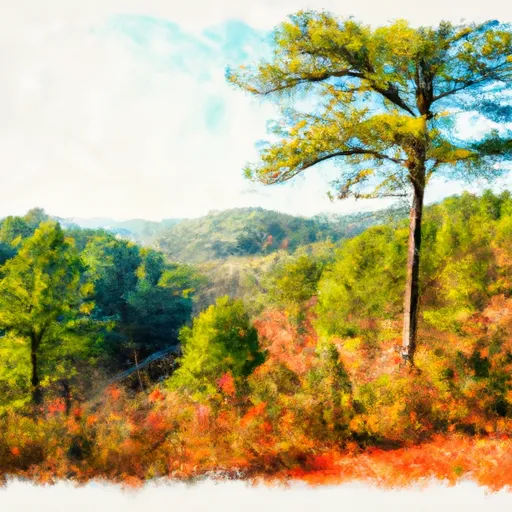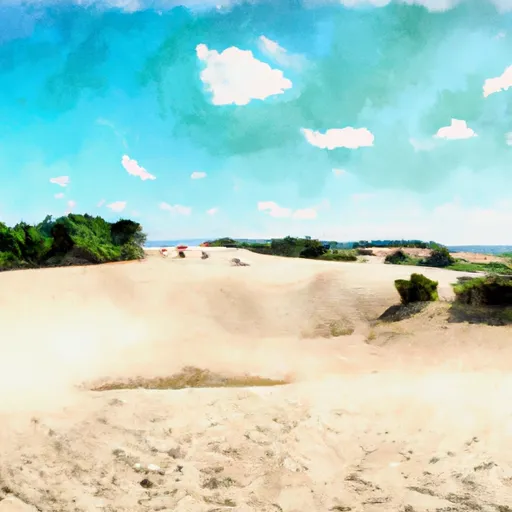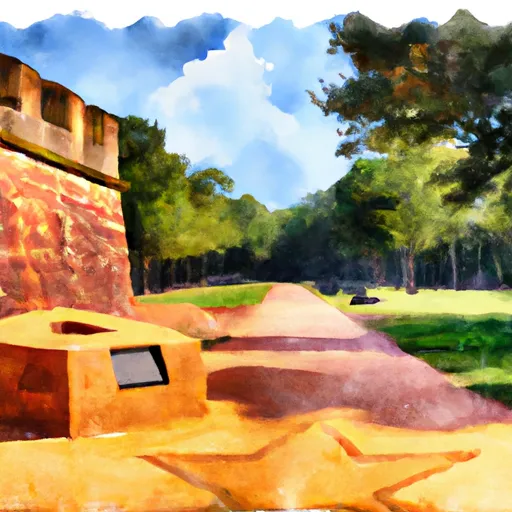Wright Brothers National Memorial
Rate this placeLast Updated: December 25, 2025
The Wright Brothers National Memorial, located in Kill Devil Hills, North Carolina, celebrates the historic achievements of Orville and Wilbur Wright, who achieved the first powered flight in Kitty Hawk in 1903.
°F
°F
mph
Wind
%
Humidity
Summary
This iconic site offers an enriching experience for visitors interested in aviation history and the pioneering spirit of the Wright brothers.
One of the primary reasons to visit the Wright Brothers National Memorial is to witness the birthplace of modern aviation. This site allows visitors to stand where the Wright brothers once stood, offering a unique opportunity to learn about their groundbreaking achievements. The memorial provides comprehensive exhibits along with interactive displays, educational films, and informative ranger-led programs, enabling visitors to delve deep into the history and significance of their accomplishments.
Some of the specific points of interest at the memorial include:
1. The First Flight Statue: This striking monument commemorates the Wright brothers' first powered flight and stands atop Big Kill Devil Hill, the site where they conducted their experiments.
2. The Visitor Center: This modern facility houses a museum showcasing the Wright brothers' journey from their early days as inventors to their successful flight. It features replicas of their aircraft, personal belongings, and exhibits that explain the principles of flight.
3. The Centennial Pavilion: Built to celebrate the 100th anniversary of the first flight, this pavilion serves as a gathering place for educational programs and hosts special events and exhibits.
4. The reconstructed hangar and living quarters: Visitors can explore a replica of the Wright brothers' hangar and living quarters, providing insight into their working and living conditions during their time in Kitty Hawk.
Interesting facts about the area include:
1. The Wright brothers chose Kitty Hawk for their experiments due to its consistent strong winds, soft sandy landing surfaces, and isolation, which enabled them to conduct their work without distraction.
2. Orville and Wilbur Wright made four flights on December 17, 1903. The longest flight covered 852 feet and lasted 59 seconds.
3. The Wright brothers' early flights marked the beginning of a technological revolution and transformed the world by making air travel a reality.
The best time of year to visit the Wright Brothers National Memorial is during the spring and fall seasons when temperatures are mild and crowds are less prevalent. The months of April, May, September, and October offer pleasant weather, making it ideal for exploring the outdoor exhibits and enjoying the surrounding natural beauty.
To ensure accuracy, it is advisable to consult multiple independent sources, such as official National Park Service websites, travel guides, and reputable historical accounts of the Wright Brothers National Memorial.
Weather Forecast
Park & Land Designation Reference
Large protected natural areas managed by the federal government to preserve significant landscapes, ecosystems, and cultural resources; recreation is allowed but conservation is the priority.
State Park
Public natural or recreational areas managed by a state government, typically smaller than national parks and focused on regional natural features, recreation, and education.
Local Park
Community-level parks managed by cities or counties, emphasizing recreation, playgrounds, sports, and green space close to populated areas.
Wilderness Area
The highest level of land protection in the U.S.; designated areas where nature is left essentially untouched, with no roads, structures, or motorized access permitted.
National Recreation Area
Areas set aside primarily for outdoor recreation (boating, hiking, fishing), often around reservoirs, rivers, or scenic landscapes; may allow more development.
National Conservation Area (BLM)
BLM-managed areas with special ecological, cultural, or scientific value; more protection than typical BLM land but less strict than Wilderness Areas.
State Forest
State-managed forests focused on habitat, watershed, recreation, and sustainable timber harvest.
National Forest
Federally managed lands focused on multiple use—recreation, wildlife habitat, watershed protection, and resource extraction (like timber)—unlike the stricter protections of national parks.
Wilderness
A protected area set aside to conserve specific resources—such as wildlife, habitats, or scientific features—with regulations varying widely depending on the managing agency and purpose.
Bureau of Land Management (BLM) Land
Vast federal lands managed for mixed use—recreation, grazing, mining, conservation—with fewer restrictions than national parks or forests.
Related References

 Run Hill State Natural Area
Run Hill State Natural Area
 Jockeys Ridge State Park
Jockeys Ridge State Park
 Fort Raleigh National Historic Site
Fort Raleigh National Historic Site
 Kitty Hawk Woods Preserve
Kitty Hawk Woods Preserve
 Roanoke Island Marshes Game Land
Roanoke Island Marshes Game Land